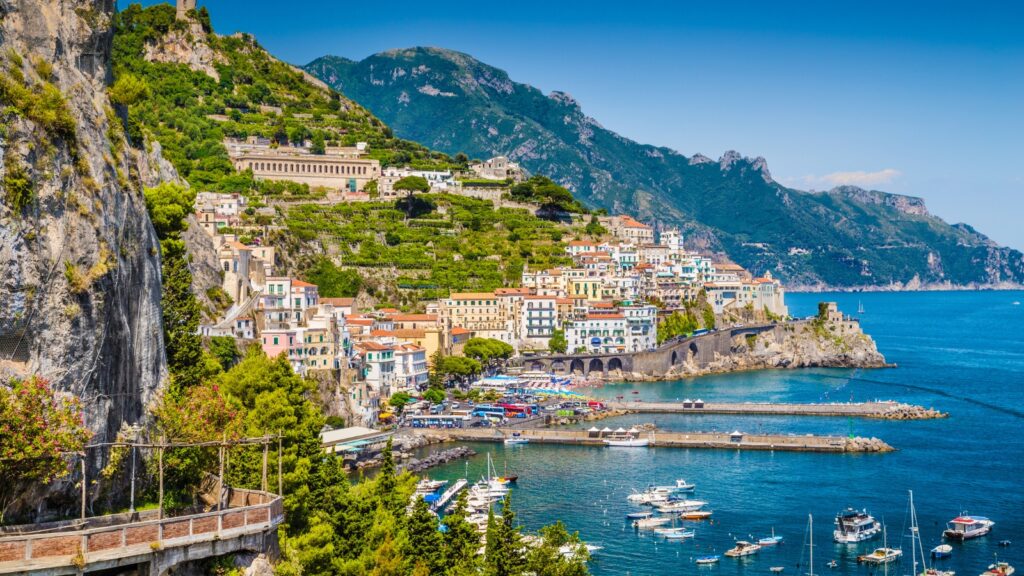
Italy is first among the four destinations (Italy, Spain, France and Germany) with the highest score in terms of competitiveness (122.2),
Italy excels and returns to pre-pandemic levels: six regions – including Sardinia, Campania and Puglia – above the European average and three (Tuscany, Veneto and the Province of Bolzano) in the top ten of the 96 regions of the EU4 area (Italy, Spain, France and Germany) are in the regional tourism competitiveness index developed by Srm, the Intesa Sanpaolo Research Centre, with the parameters of supply and flows.
These are the good news illustrated in Pietrarsa at the Meet Forum organized by Destination Italia, one of the main players in incoming tourism, and anticipated by Il Sole 24 Ore.
Furthermore, at an average-country level, Italy is first among the four destinations with the highest score in terms of competitiveness (122.2), which is certainly a good omen for the future challenges that await the European macro-region with the rise of emerging destinations in the Far East and the Americas.
In this regard, the Srm study outlines a scenario characterized by optimism, with a growth in presences in Italy of +3.6%, reaching 447 million, i.e. 102.4% of the 2019 figure. in particular, growth of 3.4% is expected for the south, with 85.2 million presences, equal to 98.4% of 2019.
These are significant numbers, just as the context outlined by the study is emblematic, in which the needs of tourists and those of residents are evolving towards new experiences, where sustainability and responsibility take precedence, destined to become a renewed tourist offer.
All of this, obviously, also follows an evolution in the value of incoming tourism, which is increasingly measured by the quality of services, taking into account the socio-economic impact on the territories and considering the priorities of digitalisation and applied technology, for which require huge investments.
It is no coincidence that the Srm study highlights that, in the last three years, 25% of companies in Italy have made investments in sustainability and technology; an even greater effort in the south, with 40% of companies engaged in these challenges.